Before Stanley Kubrick’s covergirl in heart-shaped glasses made eyes at movie-goers and readers alike, Vladimir Nabokov had his own intentions for the cover of Lolita: “I want pure colors, melting clouds, accurately drawn details, a sunburst above a receding road with the light reflected in furrows and ruts, after rain. And no girls.”
The first edition of Lolita was published in 1955 by Olympia Press, a Parisian publisher that grew out of Obelisk Press, known for taking risks with avant-garde literature like Henry Miller’s Tropic of Cancer. The original cover of Lolita was an ill, pea-soup green with elegant borders and simple font. Instead of catering to Nabokov’s demands, it resorted to avoidance. It let the book define itself.
In the years following, even before Kubrick’s 1962 big-screen adaptation, Nabokov’s desire for a cover with “no girls” was ignored by designers. Early editions of the book illustrate a girl smiling in the hands of an older man or seducing him in a bathing suit on her mother’s lawn.
In Robertson Davies’s 1959 review of the novel, he defended Humbert’s monstrous doings by saying the novel’s theme was "not the corruption of an innocent child by a cunning adult, but the exploitation of a weak adult by a corrupt child." People these days are less likely to miss-interpret Lolita’s victimization as her own doing, but many re-issued editions have encouraged readers to misjudge the work by its cover. Before readers even get a chance to interpret Nabokov’s prose they see Lolita seductively sucking a lollipop, sitting with her legs knowingly open, spread out coquettishly.
Each cover feels like a perverse answer to the question Nabokov posed to an editor: “Who would be capable of creating a romantic, delicately drawn, non-Freudian and non-juvenile, picture for LOLITA?” Apparently just about nobody.
After the release of Kubrick’s movie, many covers displayed the same Lolita from his movie posters — the iconic “sex kitten,” a Lolita gone Hollywood. In an interview with The Paris Review, Nabokov was outraged at this kind of comparison: “Humbert was fond of ‘little girls’ — not simply ‘young girls.’ Nymphets are girl-children, not starlets and ‘sex kittens.’”
Book covers in the years following Kubrick’s adaptation began to feature a half-naked (if not completely nude) representations of Lolita — most notably on foreign translations in Istanbul, Amsterdam and Milan. Designers in New York even followed the trend. Over time, some covers eased back to the avoidance used by designers on its first edition, while others tried to paint her character beyond objectification.
We’ve collected a few more of the many faces of Lolita below so that you can judge for yourself. Are there any covers which do the novel justice? Let us know in the comments below!
Freddie Moore is a Brooklyn-based writer. Her full name is Winifred, and her writing has appeared in The Paris Review Daily and The Huffington Post. As a former cheesemonger, she’s a big-time foodie who knows her cheese. Follow her on Twitter: @moorefreddie
(Image Credits, from top: The F Word tumblr, Wikipedia, Dangerous Minds, Eat Your Books, Penguin Books Australia, Covering Lolita, Penguin Books Australia, Penguin Books Australia, Penguin Books Australia, Lolita Penguin, My Moments of Being, Covering Lolita, Covering Lolita, Goodreads, all remaining from Covering Lolita)
KEEP READING: More on Art



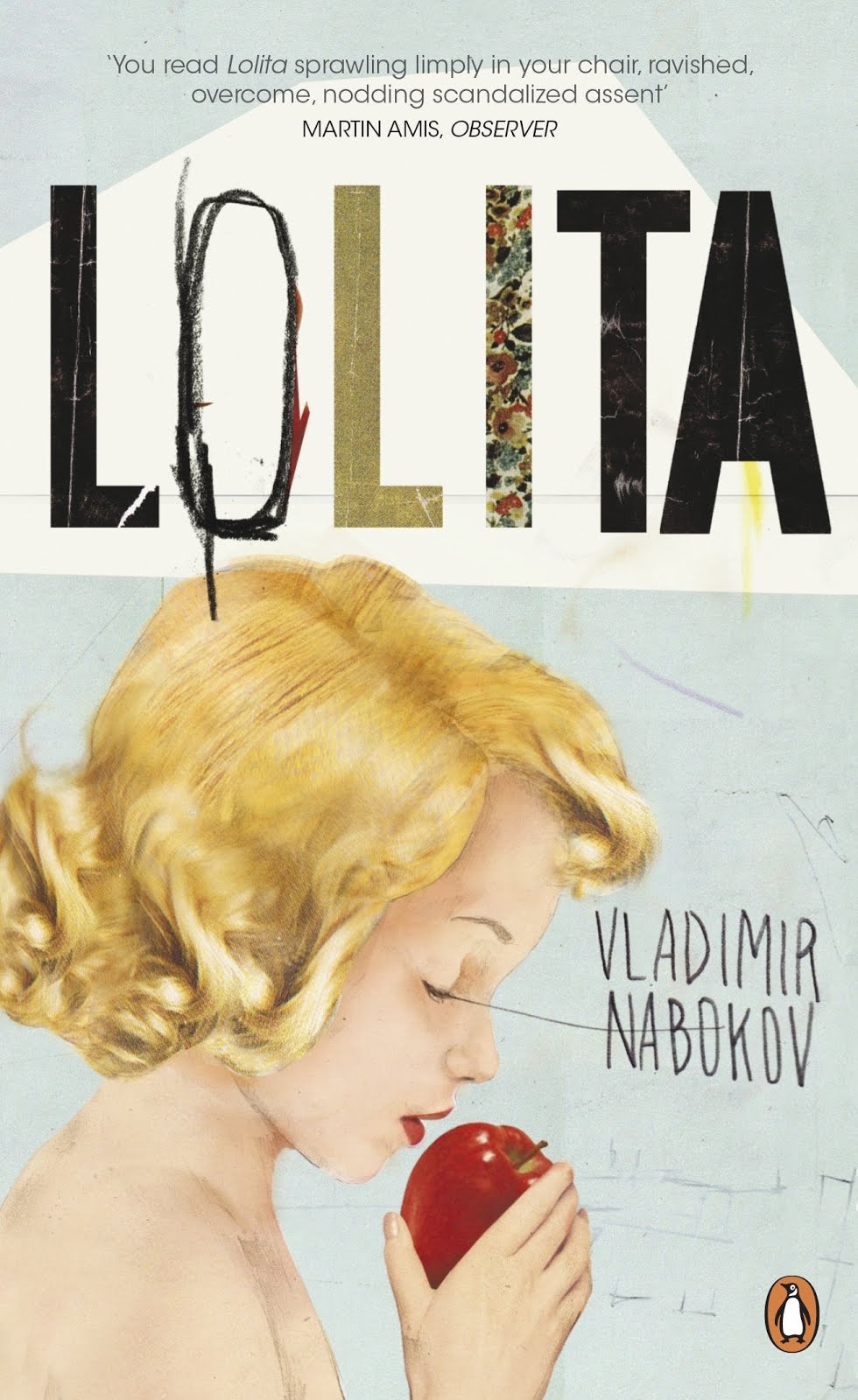






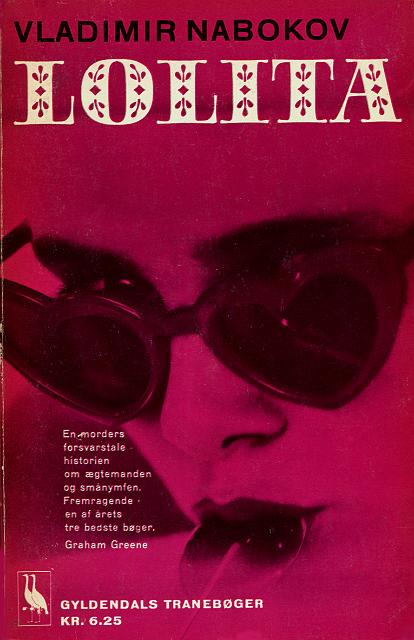
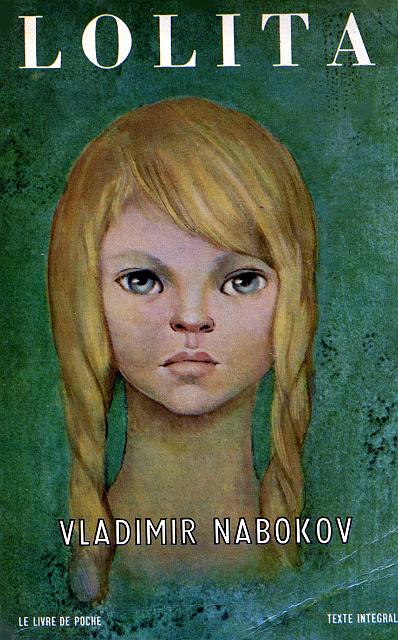









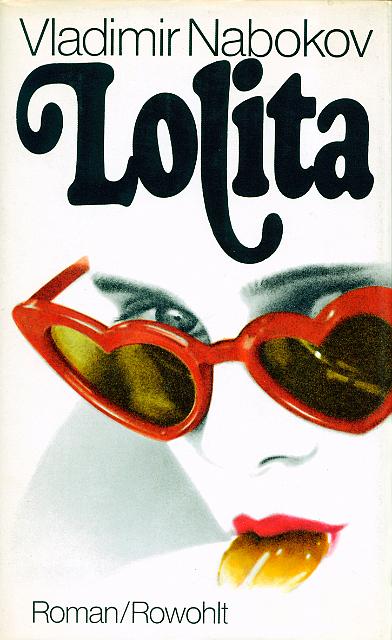



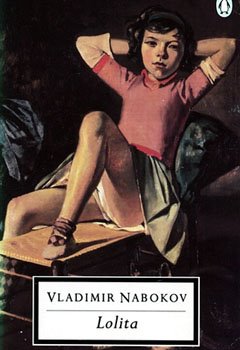




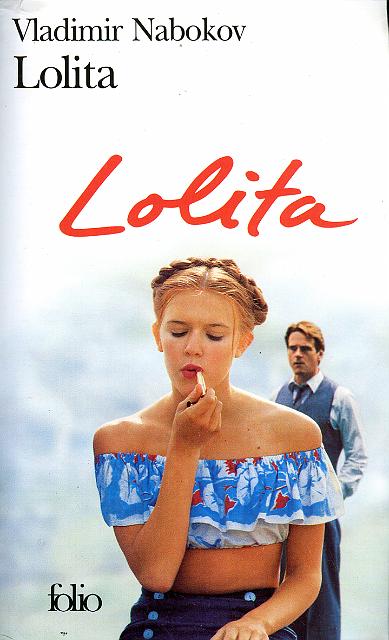










 A Black Balloon Publication ©
A Black Balloon Publication ©